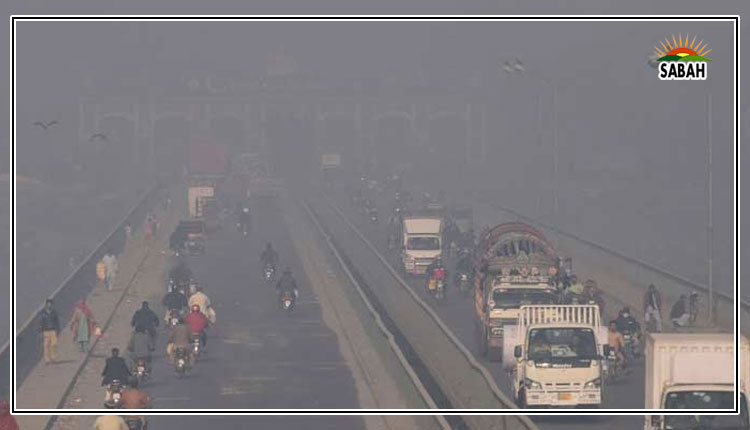Continuing crisis…Naseer Memon
HUMAN development is the inevitable casualty of natural disasters. The devastating blow to the health, education, drinking water, sanitation and housing infrastructure deprives people of services which constitute the pillars of human development. Pakistan, already on the lower rungs of human development, suffered a massive setback on account of the 2022 floods. The Planning Commissions Post Disaster Need Assessment report paints a bleak picture: its preliminary estimates show that between 8.4 and 9.1 million people are likely to be pushed into poverty and an additional 1.9m households into non-monetary poverty.
Sindh was the worst-affected province in the floods. Approximately 70 per cent of the countrywide damage occurred in that province. The Sindhi Association of North America recently organised a daylong conference in Karachi. The state of human development in Sindh came under the scrutiny of development sector experts, government officials and civil society professionals. Compelling facts on various sectors of human development were presented at the conference. It was revealed in one session how the flood aggravated the ordeal of over 12m people in the province.
Even before the floods lashed Sindh, human development indices were dismal. Accumulated neglect, plunder and poor governance of decades had already bruised Sindhs human development landscape. The floods further damaged the rickety infrastructure as well as aggravated poverty and poor management, which contributed to the catastrophic outcome. Weak human development indicators render people more vulnerable. Stronger human development gives resilience so that they can absorb some of the consequences of climate shocks.
Some pre-flood reports capturing the different dimensions of human development in Sindh are eye-openers. A 2016 UNDP report made a startling revelation that 75.5pc of the population of rural Sindh confronted multidimensional poverty. Rural Punjab and KP fared better with 43.7pc and 57.8pc.
The floods further damaged Sindhs rickety infrastructure.
Some of the districts of Sindh appeared to be in a specially distressing situation. In Umerkot and Tharparkar, 84.7pc and 87pc of the population respectively were victims of multidimensional poverty. The annual report of the Sindh Bureau of Statistics revealed that in 2017 some 60pc of houses in rural Sindh were kaccha (ie, constructed of crude material). The rural areas of Badin, Jacobabad and Mirpurkhas had 80pc, 72pc and 71pc kaccha houses respectively. The Sindh Education Profile-2019, an official report of the Sindh Education and Literacy Department, admitted that 16pc of schools in the province were without buildings, 40pc had no toilets, 45pc were deprived of boundary walls and 53pc lacked drinking water facilities. The situation in the health sector services was equally piteous.
According to the Project Appraisal Document of the World Bank-supported Sindh Integrated Health and Population Project, Sindh had a higher level of pregnancy-related deaths (345 per 100,000 live births) and the maternal mortality rate (224 per 100,000 live births) compared to Punjab and KP. Sindh had an appalling under-five mortality rate of 77 per 1,000 births. This is a summary of the inglorious state of human development in Sindh before the floods.
This ignominious situation worsened when the floods of 2022 catapulted 24 districts of Sindh into disaster zone. They damaged or destroyed over 2m houses, 20,000 school buildings and 1,000 health facilities as well as rendered over 5,000 water supply and sanitation schemes dysfunctional. This infrastructure is pivotal for essential services that have a direct impact on our human development status.
So far, only figures for damaged infrastructure and financial requirements for rehabilitation are available. The human development dimensions of the floods have not yet been delved into. For example, the number of pregnant women in the flood-affected areas was estimated to be between 350,000 and 650,000 by different sources. However, no study is available to tells us about how many of them safely delivered their babies and how many succumbed to their terrible situation. People commonly complain of groundwater contamination due to stagnant water ponds but no research has been conducted to gauge the post-flood quality of the water and its health repercussions. Similarly, learning levels of students without school buildings have not yet been assessed.
The impact of the flood on Sindhs human development indicators needs an all-encompassing study to establish how the meagre gains of recent decades have been reversed. Sindh needs a strategy, allocation and effective utilisation of financial resources as well as a mechanism to regularly monitor progress on key human development indicators in the province.
Courtesy Dawn











